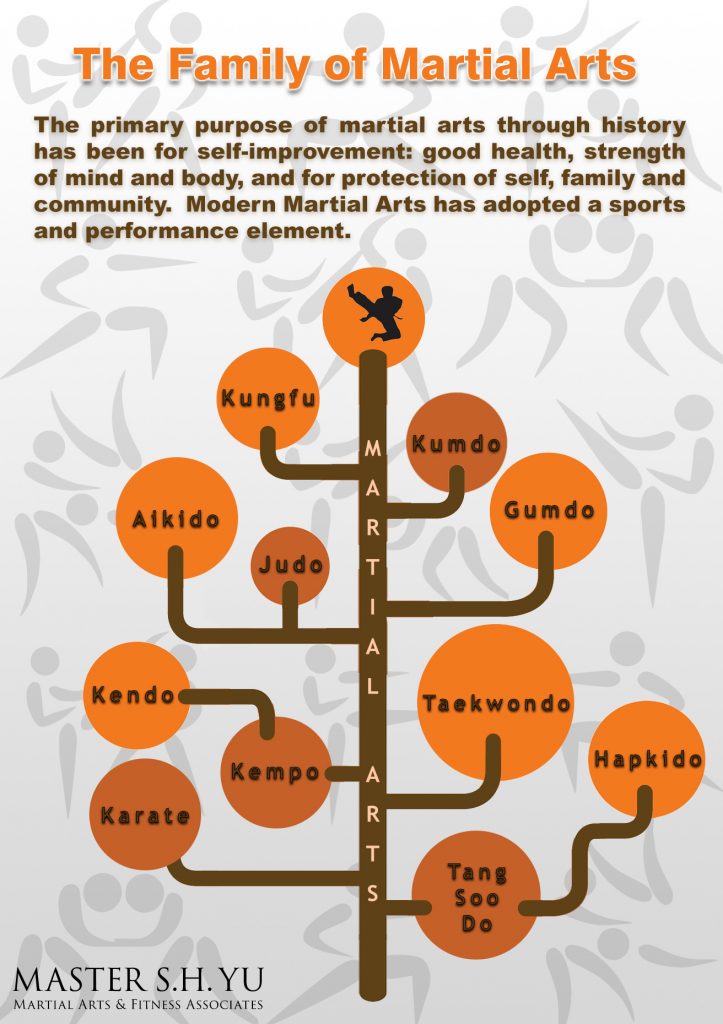Traditional Martial Arts And Modern Battle Sports: A Detailed Summary Of Their Distinct Differences
Traditional Martial Arts And Modern Battle Sports: A Detailed Summary Of Their Distinct Differences
Blog Article
Staff Author-Ware Burch
When you think about martial arts, do you lean more towards the standard practices or the modern-day combat sports? Each course uses unique benefits and experiences, shaped by their approaches and training techniques. Conventional martial arts highlight individual growth and technique, while modern combat sporting activities concentrate on competition and efficiency. Comprehending martial arts direct can direct you in picking the appropriate method for your trip. But exactly how do these distinctions manifest in training and ideology?
The Viewpoint and Background Behind Traditional Martial arts
While many people connect martial arts with physical fight, the viewpoint and background behind typical martial arts run much deeper. You'll find that these disciplines highlight personal growth, self-control, and regard.
Stemming from ancient practices, conventional martial arts were typically developed for Self-Defense and spiritual advancement. They embody principles such as balance, harmony, and self-discipline, guiding specialists beyond plain fighting abilities.
As you train, you'll not only find out strategies but also gain insights into the society and worths that shaped these arts. The rituals and traditions, usually given via generations, foster a sense of area and belonging.
The Competitive Nature of Modern Combat Sports
Modern combat sports have actually changed the landscape of martial arts into a very competitive arena, where athletes challenge in a test of skill, approach, and endurance.
You'll notice that competitors are typically arranged with stringent rules and policies, guaranteeing justice and safety. what is the averagecost of kids martial arts per month bring in big target markets, sustaining the enjoyment and intensity of matches.
Athletes train rigorously, not just for physical expertise however additionally for mental strength, understanding that every detail counts in the ring. The adrenaline thrill during competitors is palpable, as fighters push their limitations to declare victory.
Followers value the athleticism and creativity included, making modern combat sporting activities a thrilling phenomenon that continues to develop and astound lovers around the globe.
Training Techniques and Strategies: A Relative Analysis
The affordable ambience of modern-day battle sporting activities demands innovative training approaches that vary significantly from traditional martial arts.
In modern training, you'll focus on particular methods, competing, and conditioning, usually utilizing drills that replicate real fight situations. You'll see an emphasis on measurable efficiency and regular competition to examine your skills.
On the other hand, conventional martial arts prioritize forms, katas, and thoughtful trainings, typically highlighting self-control and regard over competitors.
Training is generally much less extreme and may entail recurring technique as opposed to real-time sparring.
While both techniques build ability and health and fitness, modern battle sports provide a more vibrant and versatile training setting, preparing you for instant challenges in the ring or cage.
Choose the path that aligns with your objectives and passions.
Conclusion
In picking in between conventional martial arts and modern-day fight sporting activities, it actually boils down to what you value many. If you're seeking personal development, discipline, and a sense of community, traditional arts may be your ideal fit. But if you grow on competition and real-time difficulties, modern-day battle sporting activities could be the way to go. Eventually, visit this link use distinct advantages, so it's everything about straightening your training with your individual objectives and passions.
